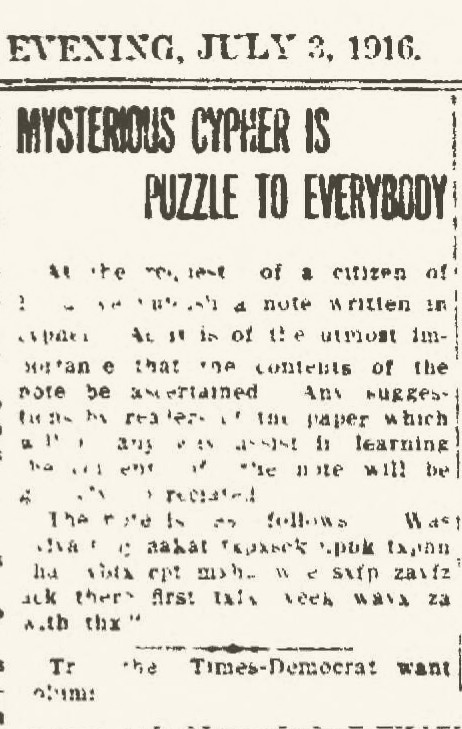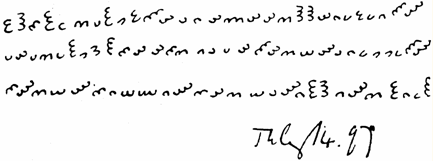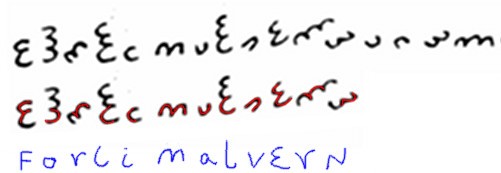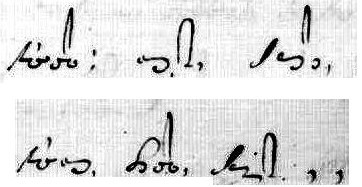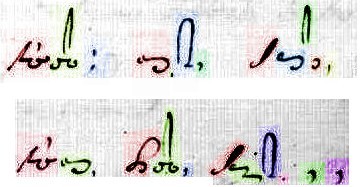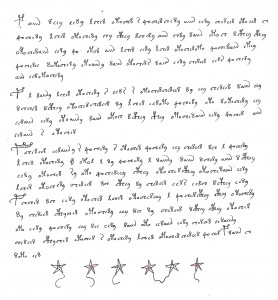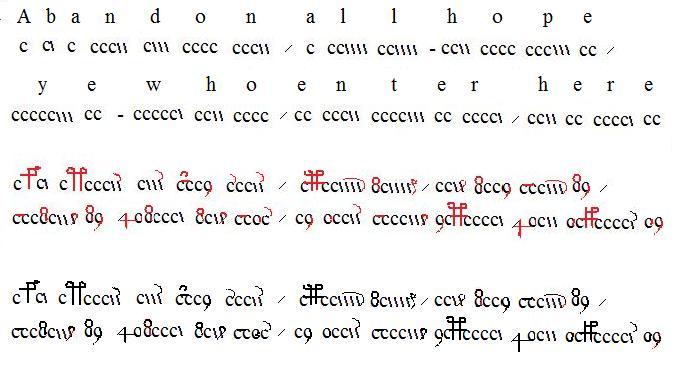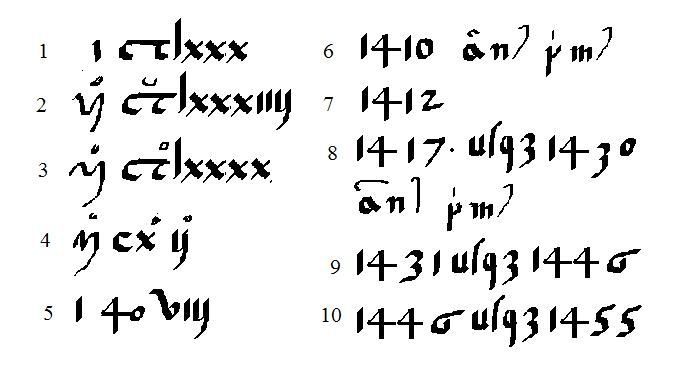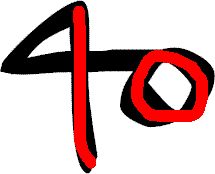I was writing up a recently-claimed Dorabella Cipher decryption just now, when an incoming email clattered noisily out of the pneumatic mail tube and into my mahogany in-tray. Nicely, it contained a link to a new Dorabella Cipher article by San Francisco writer Mark MacNamara in online magazine Nautilus, jauntily entitled “The Artist of the Unbreakable Code” (i.e. Edward Elgar).
Given that I exchanged some Dorabella-related emails with MacNamara back in his summer research phase, it was no great surprise to discover – as Bill Walsh and others have kindly pointed out during today – that my, errrm, “stego-Bella” suggestion gets a short mention there. 🙂
Regardless, MacNamara covers Elgar’s enigmatic ground at a fair old pace, and works through Tim Roberts’ and Tony Gaffney’s claimed decryptions, along with their angry annoyance (if not outright outrage) at having the ridiculous stuffed shirts of the Elgar Society turn down their decryptions. Really, who were mere musicologists to tread so heavily on the toes of such ingenious and hard-working code-breakers? etc etc.
Of course, Cipher Mysteries regulars will already know what I believe: that Roberts, Gaffney and even Eric Sams produced attempts that were cryptologically clever at the expense of being historically and practically unsound. For me (and it’s just my opinion), any proposed solution should go some way towards explaining not only the message (the crypto mystery) but also the reason or necessity for the cryptographic wrapper (the historical mystery). The practical problem with these three claimed decrypts is that they are as impenetrable unenciphered as ciphered: which is also presumably why people have rarely enciphered alchemical texts. Or legal contracts. Or legislation.
Will we ever see a Dorabella decrypt that is both cryptologically sound and, as the Elgar Society required for their £1500 lucre-pile prize, “glaringly obvious”? I think it is entirely true that such a criterion is both foolishly idealistic and cryptographically inappropriate for judging most ciphertexts, so I am somewhat sympathetic towards Tony Gaffney’s condemnation. But all the same, I really don’t think our Tone has cracked this particular curate’s egg of a cipher just yet, hen’s shells or no. Perhaps hen’s teeth might be closer? 🙂
Anyway, I rather liked MacNamara’s article, and would recommend it to you with only a few minor corrections:-
(1) Elgar only called Dora Penny “Dorabella” after 1897
(2) The cipher isn’t too short to analyse – in fact, simple substitution ciphers are usually breakable with roughly 30 characters (and this has 87). With a good guess and a bit of luck, you may need only 20 characters, or even 15. Which is why it’s so odd we can’t crack it – really, if it were simple we should have more than enough “depth” to crack it.
(3) The cipher doesn’t strictly “defy” frequency analysis – it’s letter frequencies are what they are. In fact, frequency analysis makes it seem even more likely to be a simple substitution cipher. Rather, the Dorabella Cipher defies its own strong resemblance to a simple substitution cipher.
(4) Elgar not only sent Dora Penny no other ciphers (either before or after), but they never talked about ciphers in their relationship that spanned many decades.
(5) It;s not really accurate to say that I have yet “come to believe” my whole stego-Bella hypothesis. Rather, I have come to disbelieve most of the presumptions that other people have built their own theories upon: and the stego-Bella thing is just my first proper attempt to think outside the generally-accepted Dorabella crypto box. It’s early days, but we shall see where it all eventually leads…
Enjoy! 🙂
